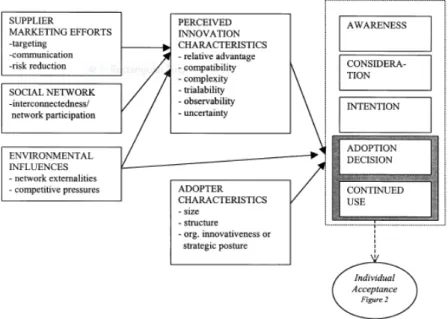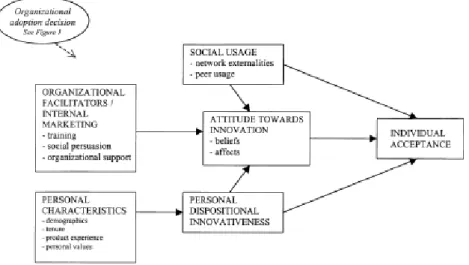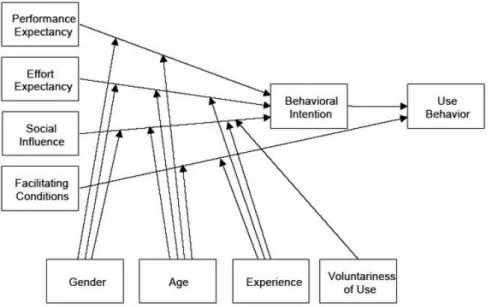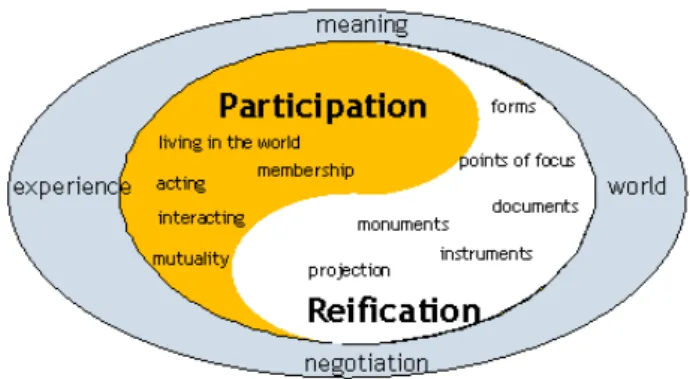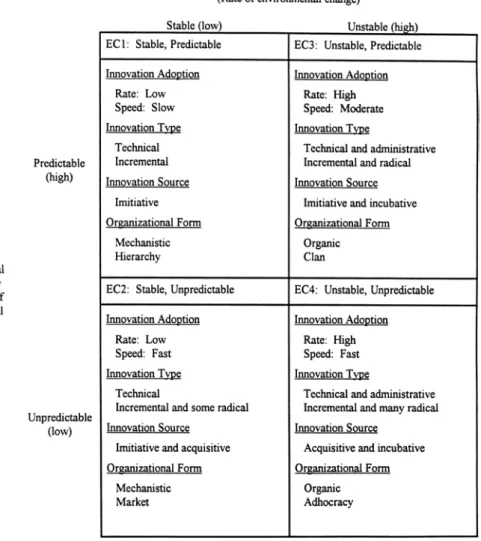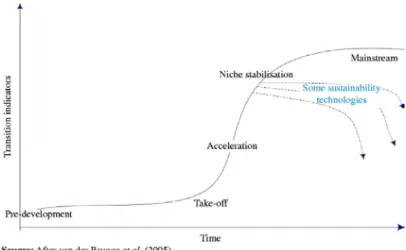Tittel: Adopsjon av transportrelaterte innovasjoner i håndverksbedrifter: En teoretisk oversikt Adopsjon av transportrelaterte innovasjoner i håndverk. En undersøkelse av bruken av disse innovasjonene i håndverksindustrien må hvile på et visst konseptuelt og teoretisk grunnlag.
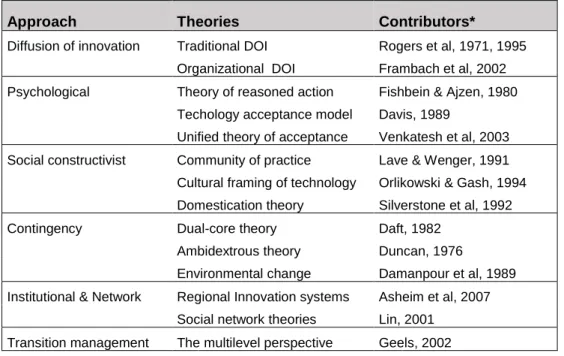
The CRAFTTRANS project
What are the key organizational processes related to the adoption of sustainable transport technologies (EUV and MMA) in SMEs? How government initiatives and policies can strengthen and support the transition to more sustainable transport technologies in many SMEs.
Innovations and inventions
Supporting innovation in SMEs remains at the heart of policy initiatives that stimulate economic development at local, regional, national and European level (OECD 2004).
Sustainable innovations
Accordingly, the organizational concept of corporate sustainability can be described as the systematic management of corporations designed to balance environmental and social goals—along with economic goals to reduce harm to the natural. The term eco-innovation describes new or improved processes, organizational forms or products that are beneficial to the environment as they reduce or prevent negative impacts on the environment (Rennings 2000). Similarly, the term sustainability-oriented innovation is used to describe organizational development that shows a relative improvement compared to the previous state or another entity (Klewitz and Hansen 2013).
Diffusion and adoption
Innovation is an essential element in the development of sustainable corporations, which in turn is the foundation of a wider process of societal transformation. Overall, the generation process produces the innovation and supplies it for transfer and use by other organizations. The adoption process – which is the focus of this paper – is conceptualized to include two main sub-processes: initiation and implementation.
It involves all events and actions related to the modification of the innovation and the adopting organization, by initially using the innovation and.
Small- and medium-sized enterprises (SMEs)
As mentioned earlier, the term 'organizational innovation' refers to the creation or adoption of an idea that is new to the organization (Damanpour and Wischnevsky 2006; Lam 2005). Nevertheless, technical innovation can also involve organizational innovation and changes in how things are done in SMEs. In addition, the project emphasizes the adoption of innovations rather than the creation of innovations, which is reflected in the described theories.
The number of works that emphasize the adoption of innovations at the organizational level is vast and fragmented (Edwards, Delbridge, and Munday 2005; Lam 2005), and theories have roots in different disciplines and professions. In many ways, theoretical approaches represent conceptual frameworks that illuminate different aspects of the characteristics of organizations, their environments, or the behavior of their managers and employees. Our assessment somehow shifts from a focus on the individual to a focus on the group, the organization, and the larger institutional environment.
Diffusion of innovation approach
Traditional diffusion theory
The focus of the theory is not only to classify users, but also to understand how ideas spread in social systems and which factors are involved in the process (see figure 1 in Rogers and Schoemaker. Relative advantage: the degree to which the innovation is perceived as better than the existing products or systems Conformity: the extent to which the solution can be considered to be in accordance with existing values, norms and attitudes.
Trialability: The extent to which people can test innovations on a small scale. Visibility: the extent to which the results of the innovation are visible to others (the more visible, the more likely they will be adopted). The degree of adoption is also influenced by the way of decision-making in the company, the available communication channels (face-to-face, mediated), the quality of the social system (norms, density, culture, etc.), as well as reward systems for the involved agents of change.
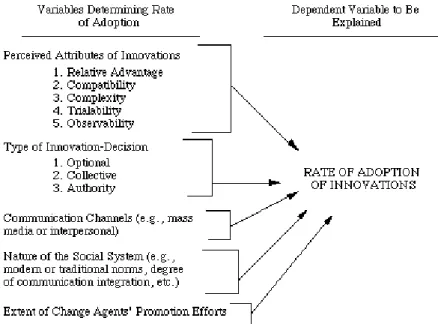
Organizational diffusion theory
In contrast to traditional DOI, the model involves more psychological factors, integrated into models that also involve indirect effect of factors. The model aims to capture a large number of factors at both the individual and organizational level.
Psychological adoption approach
The theory of reasoned actions
Technology acceptance models (TAM)
Unified Theory of Acceptance and Use of Technology
The model considers four constructs as direct determinants of user acceptance and usage behaviour, namely performance expectation, effort expectation, social influence and facilitating conditions. The authors state that UTAUT provides managers with a tool to assess the likelihood of success of technology introductions and to understand the drivers of acceptance in order to design interventions.
Social constructivist approach
Community of practice
By following a practice approach, the actual use of the new artefacts or tools is important in the process of developing meaning. For example, technological artefacts often play an important role in the formation of social practice as they externalize aspects of practice and transform parts of it from the spiritual sphere to the concrete material world. In most cases, meaning is created within a community of users who communicate and interact on a regular basis within a given social context.
The journey from a newcomer to becoming an expert is captured in the concept of. His discussion was based on case studies of how medical claim clerks interact and share information to perform routine office work. Unlike the psychological approach, COP is normally investigated through in-depth case studies or comparative studies of a limited number of cases.
Cultural framing of technology
The COP approach has been influential in studies of knowledge management as well as ICT-related adoption and organizational change.
Domestication theory
If consumption takes place, this is followed by the development of an understanding of 'purposeful' use in the household. According to DT (and related ethnographic theories), how and why the technology is to be used is a product of negotiations between family members. The adoption process can be shown in four interrelated "steps" in which the technology is gradually domesticated in the household (Siverstone, Hirsch, and Morley 1992): The first step, imagination, is when a new item first enters our consciousness.
In the next stage, the technology is incorporated into the process of using artifacts in everyday life, and the level of functionality depends on how it is incorporated into everyday life. In the final conversion process, the product reaches the status of 'as-obvious' and becomes part of the user's life. More recently, DT has been applied in mobile telephony studies, focusing on out-of-home social interaction (Haddon 2001; Ling 2004).
Organizational contingency approach
Dual-core theory
A mechanical culture is needed in the administrative core, when organizations adapt to changes in goals, policies, strategies, control systems, etc. On the other hand, an organic structure is needed when changes in organizational products, services and technologies are needed.
The ambidextrous theory of innovation
Environmental change theories
For example, while technical innovations are significant in all four environments, administrative innovations are significant only in the unstable EC3 and EC4 environments. Organizations in EC3 and EC4 place more importance on administrative innovation because continuous environmental change requires frequent changes in the structures and systems of these organizations to facilitate adaptation.
Institutional and network-based approaches
Regional innovation systems
From the institutional side, theories of national and regional innovation systems (RIS) have emerged (Asheim, Coenen and Vang 2007; Asheim and Coenen 2005; Bathelt, Malmberg and Maskell 2004; Lundvall and Johnson 1994), according to which locally embedded networks or. companies open up to a richer flow of knowledge than long-distance relationships. Success in the transfer of tacit knowledge usually requires close proximity, so the distribution of tacit knowledge is difficult to achieve on a global scale. Based on the range of industrial actors operating within regions, Asheim et al. 2005) proposed two types of knowledge base that require different institutional environments.
On the one hand, a synthetic knowledge base, where innovation mainly occurs through the application or new combination of existing knowledge, and, on the other hand, an analytical knowledge base where scientific knowledge is highly important and where knowledge creation is often based on formal models , codified science and rational processes. Both types of knowledge are believed to be strongly dependent on co-localization and localized learning processes. As such, the focus is primarily on knowledge flows and possibilities for generating innovations between smaller and larger firms and institutions.
Social network theories
The circulation of knowledge is less intense on the periphery of networks than in the central core. Thus, a certain combination of weaker and stronger ties is recognized as important for the exchange of knowledge and innovation (Greve and Salaff 2003). According to the embeddedness approach, there is "..a widespread advantage in doing business with individuals of known reputation".
The social network of stronger and weaker relationships is therefore central to the success and functioning of economic transactions. The term social capital is also associated with social network analytical approaches, which refer to the resources and values represented by a network of actual or potential relationships (Lin 2001; Nahapiet and Ghoshal 1998). The term boundary spanners is used to describe individuals who are key to the exchange of ideas and information across organizational boundaries (Tushman 1977).
Transition management approach
When personal relationships exist, actors tend to enhance knowledge sharing due to the existence of trust. These can (arguably) be thought of as communities of practice in which meaning is in the process of developing, but where it still stands out as improvised and experimental. Technological niches are important because they are usually carriers of new ideas, and because they are outside what is defined in the dominant socio-technical regimes.
Often, however, changes in the basic assumptions of society force changes into current socio-technical regimes and expose them to ideas from technical niches. Based on the framework of TM theory, they highlight basic management principles that can transform major systems towards new sustainable regimes. So far, this paper has outlined some relevant theoretical positions useful in the upcoming study of the adoption of sustainable technologies among SMEs in the craft industry.
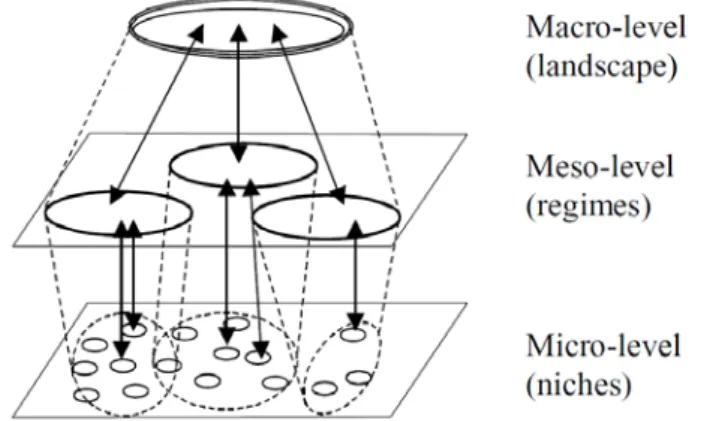
Differences and similarities
Theories used in pre-existing adoption studies of EVs
Theories used in pre-existing adoption studies of MMAs
CRAFTTRANS design and approach
Knowledge: Local Buzz, Global Pipelines and the Process of Knowledge Creation." Progress in Human Geography. 34; Symbolism in California's Early Market for Hybrid Electric Vehicles." Transport Research Part D: Transport and Environment. 34;Theories of ICT System Implementation and Adoption – A Critical Review." Helsinki: Department of Industrial Engineering and.
34; A Critical Review of Improvisation in Organizations: Open Questions and Future Research Directions." in Unlocking Innovation: Strategy, Technology: A Community of Practice Perspective." in Knowledge Management in Construction: A Socio-Technical Perspective, edited by A. 34; The Nature of SME Collaboration and Innovation: A Multiscalar and Multidimensional Analysis.” Int.
